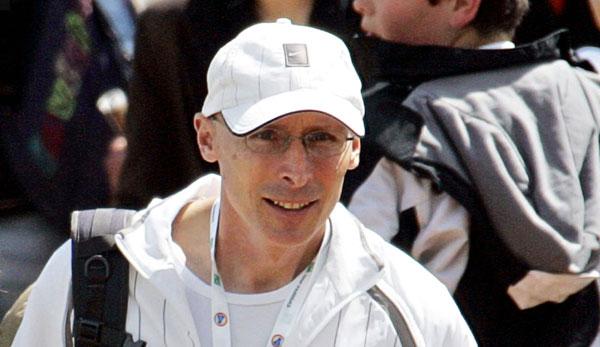Tennis
ATP: Sand = joint-gentle?
Pierre Paganini is the man who makes sure that Roger Federer moves as smoothly at 36 as he does at 26. And Paganini explains why hard court is sometimes better for the bones than the supposedly soft sand.
It’s the same old story: Sandplatz dampens the impact – good for the often maltreated knees, back and foot. But it’s not that easy,”explained Federer’s fitness coach Pierre Paganini in the New York Times – and gave a reason why Federer was considering doing without sand in 2018. The reason is not that he has no chance of winning the French Open title. But why should sand be more harmful than hard court?
“The advantage for the joints on sand is that less vibration occurs because you slip. The disadvantage of hard courts is precisely this vibration,”says Paganini,”but the advantage of hard courts is that the vibration only lasts for a short time. Once’ Bang’ – and the foot leaves the ground again. And a player who is so coordinated, almost a dancer like Federer, squeezes his joints a little less in this critical moment.”
In return, the disadvantage on sand:”There is a lot of vibration in the joints when sliding. We don’t see this from the outside, but if you control the slippage, instability occurs in the knee, foot and ankle. And that can sometimes be bad for the joint in question.”
Federer himself intends to decide on his participation in the clay court season 2018.













You must be logged in to post a comment Login